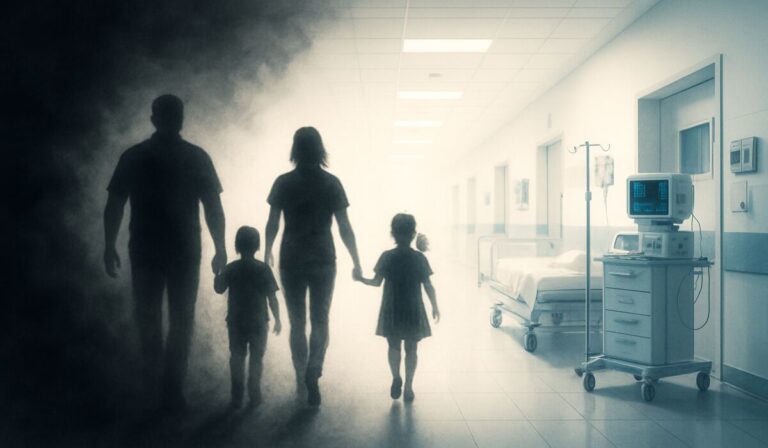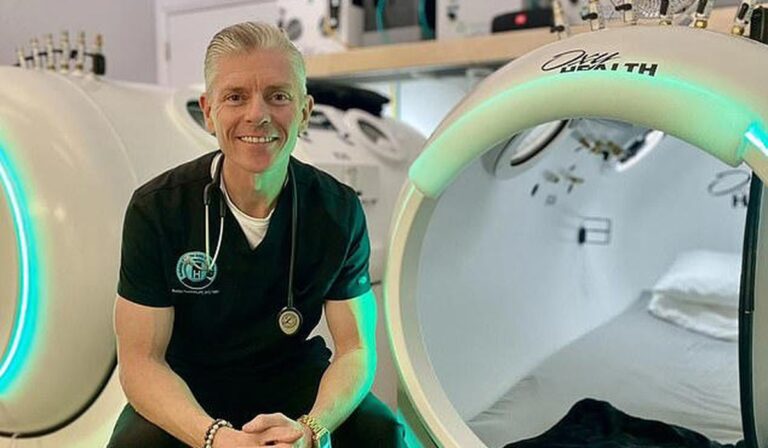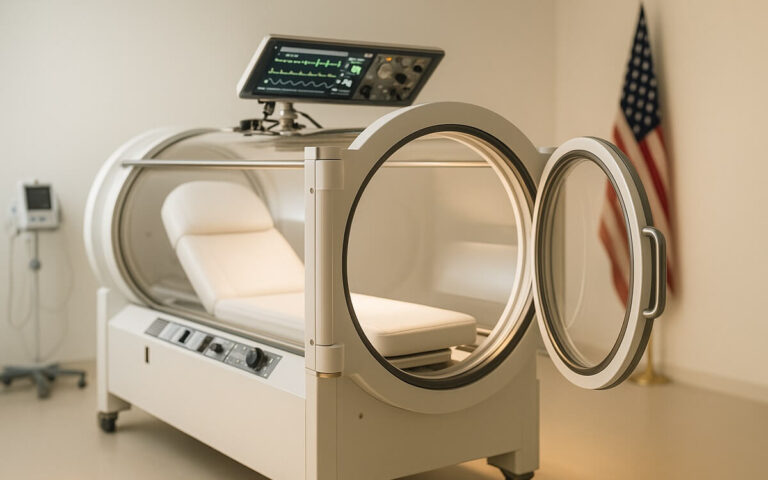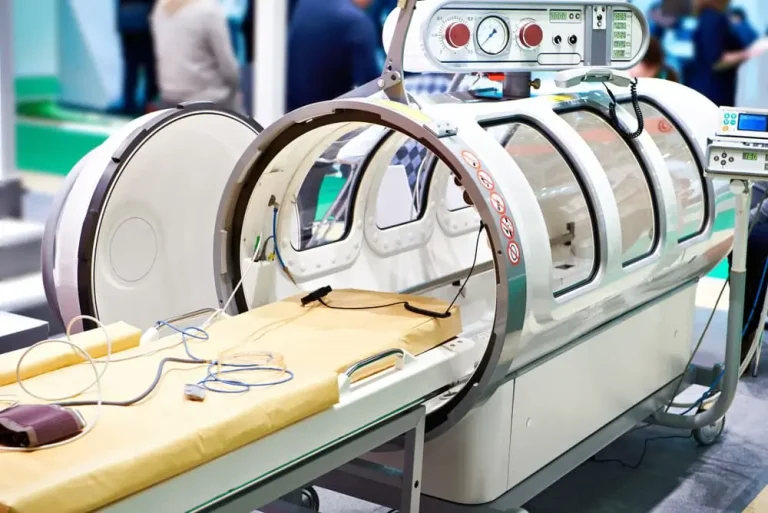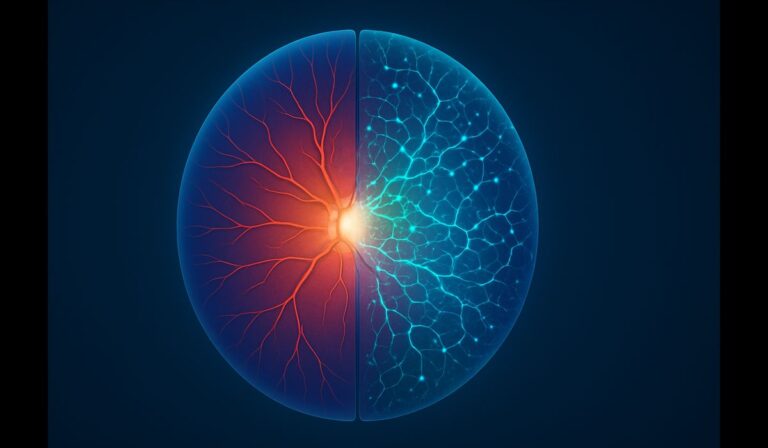- Residents of Apgujeong Hyundai Apartment raised about 100 million Korean won for Kim Misuk, their 52-year-old former administrative manager diagnosed with acute leukemia.
- Kim worked at the apartment office for three years and lives alone without family support.
- The community first collected 5.45 million won in early August and then launched a major campaign called Beautiful Companionship.
- The campaign gathered 94.665 million won from 847 of the 3,300 households in just over two weeks.
- Resident leaders delivered the full amount to Kim at Soonchunhyang University Bucheon Hospital on September 17.
Residents of the Apgujeong Hyundai Apartment in Gangnam-gu, Seoul, have shown strong community support by raising approximately 100 million Korean won for their former administrative manager battling acute leukemia.
Kim Misuk, 52, received the diagnosis in July and faced severe health challenges, including breathing issues that required hyperbaric oxygen therapy.
Hyperbaric Oxygen Therapy, often used for conditions like blood cancers to increase oxygen levels in the body, proved expensive for Kim, who lives alone without parents or siblings.
The donations, totaling 100,115,000 Korean won, came from 847 households out of the apartment’s 3,300, according to the Apgujeong Hyundai Apartment Residents’ Committee. The effort highlights the residents’ response to Kim’s three years of dedicated service at the office.
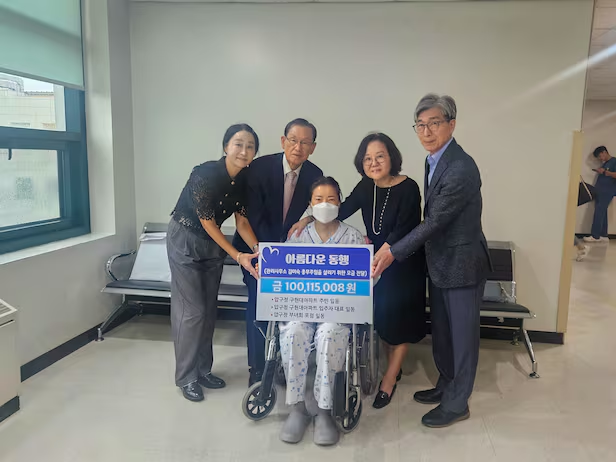
Initial Support and Campaign Launch
The community first acted in early August, when residents collected 5,450,000 Korean won in cash and delivered it directly to Kim.
Her condition had worsened, making the need for financial help clear. On August 28, the residents’ representative council approved a larger fundraising drive named Beautiful Companionship.
To spread the word, they posted notices on the apartment’s bulletin board and displayed banners at the office. This approach quickly engaged many households, as reported by the residents’ committee.
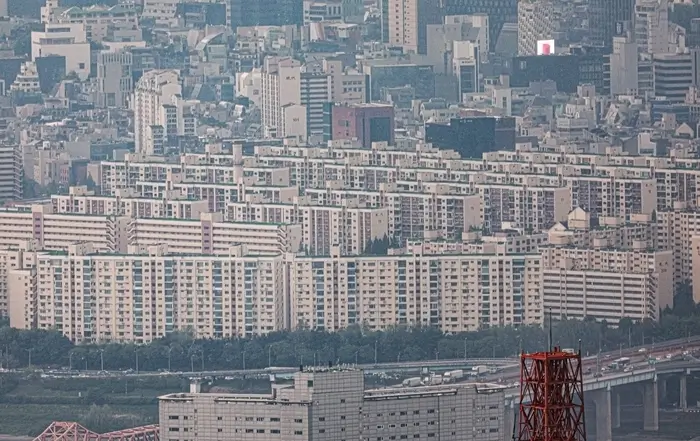
Rapid Fundraising Success
The Beautiful Companionship campaign ran for just over two weeks, ending on September 15. It raised 94,665,000 Korean won, pushing the total past 100 million when added to the earlier amount.
Out of the 3,300 households in the Apgujeong Old Hyundai Apartment complex, 847 took part, showing broad participation.
Lee Tae-young, head of the residents’ representative council, led the group that visited Soonchunhyang University Bucheon Hospital in Bucheon City, Gyeonggi Province, on September 17 to hand over the funds to Kim.
The hospital visit included Lee and other residents, as documented in photos provided by the committee.
Community Sentiment and Hopes for Recovery
Lee Tae-young expressed the group’s feelings during the handover. “All residents are earnestly hoping for Kim’s swift recovery, who has always been diligent and sincere,” he said, according to the Apgujeong Hyundai Apartment Residents’ Committee.
This statement reflects the appreciation for Kim’s work ethic over her three years in the role. The committee served as the primary source for all details in this report, including donation figures, timelines, and the hospital delivery.
Does Hyperbaric Oxygen Therapy Help Treating Leukemia?
Kim’s treatment included hyperbaric oxygen therapy, a costly procedure that partly drove the fundraising effort. The therapy involves breathing pure oxygen in a pressurized chamber, typically at 2.5 times normal atmospheric pressure.
While doctors use the treatment for various medical conditions, its effectiveness specifically for leukemia remains largely unproven in clinical settings, according to scientific reviews.
Laboratory Studies Show Initial Promise
Research on leukemia cells in controlled laboratory environments has demonstrated encouraging results. Studies found that hyperbaric oxygen induces cell death in T-leukemia and B-myeloma cancer cells by activating specific death pathways while shutting down survival mechanisms.
Scientists observed the treatment triggers a biological process called apoptosis, essentially forcing cancer cells to self-destruct. In experiments on Molt-4 human leukemia cells, hyperbaric oxygen reduced cancer cell growth and enhanced the effectiveness of artemisinin, an anticancer drug.
Chen and colleagues, who published findings in 2007, showed the therapy killed both types of blood cancer cells in laboratory conditions. Based on these results, researchers Tonomura and Granowitz argued in an editorial that hyperbaric oxygen deserves investigation as a novel leukemia treatment.
Limited Evidence Beyond the Laboratory
The challenge lies in translating laboratory success to real patients. Two older animal experiments using leukemia models found no significant differences in cancer growth or spread after hyperbaric oxygen treatment, raising questions about real-world effectiveness.
Clinical trials specifically examining the therapy for leukemia remain scarce. One ongoing study looks at safety in chronic leukemia patients undergoing stem cell transplants, but focuses on preventing complications rather than fighting cancer directly, according to clinical trial databases.
A comprehensive 2012 review published in Targeted Oncology concluded that while hyperbaric oxygen shows no evidence of promoting cancer growth, the data on leukemia specifically proves insufficient for clinical recommendations. The review found too few studies to draw meaningful conclusions about therapeutic value.
How the Treatment Works
The therapy floods the bloodstream with dissolved oxygen, far more than hemoglobin can normally carry. This creates oxidative stress that cancer cells struggle to handle, according to research findings.
When combined with chemotherapy drugs like cytarabine, hyperbaric oxygen made leukemia cells more vulnerable to medication in laboratory experiments. The treatment appeared to push cancer cells into growth phases where they become most susceptible to drugs.
Cost and Accessibility Concerns
The treatment’s expense creates barriers for patients like Kim. Sessions typically last one to two hours and may need repeating daily for weeks. Without insurance coverage for experimental cancer uses, costs accumulate quickly.
Medical facilities require specialized pressurized chambers and trained staff, limiting availability. The therapy does carry risks, including oxygen toxicity, pressure-related ear and sinus problems, and in rare cases, seizures.
Current Medical Consensus
Recent research published in Frontiers in Oncology suggests hyperbaric oxygen might enhance cancer immunotherapy by improving the tumor microenvironment. The therapy appears to help immune cells penetrate tumors more effectively and may reduce resistance to checkpoint inhibitor drugs.
However, scientists emphasize these findings come primarily from animal models and require validation in human trials before changing treatment protocols.
Medical experts say rigorous clinical trials must determine which leukemia types might respond, optimal treatment schedules, and whether benefits outweigh risks. Different forms of leukemia may respond differently, adding complexity to treatment decisions.
For now, patients and families should view hyperbaric oxygen as experimental for leukemia treatment. The laboratory findings warrant continued research but remain too limited to guide standard medical care, according to the scientific consensus.
The fundraising effort by Apgujeong Hyundai Apartment residents addresses a real financial burden Kim faces, regardless of whether the therapy ultimately proves effective against her cancer. The community’s support ensures she can access all available treatment options during her fight against acute leukemia.

